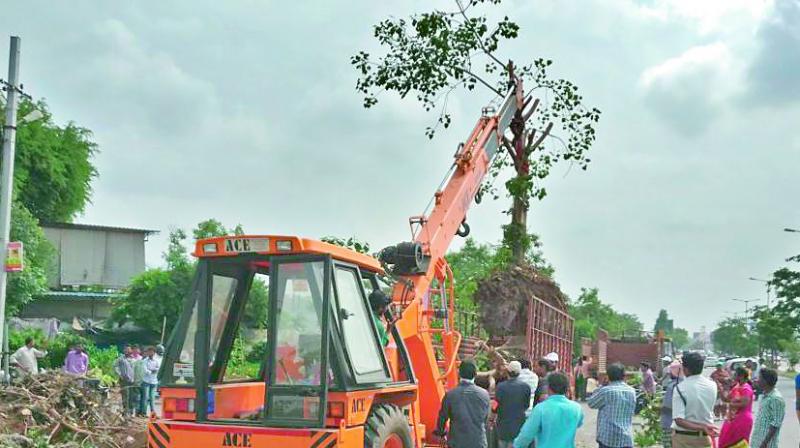Hyderabad: Saying a big no' to plastic straws, a yes' for planet

Hyderabad: Have you ever given a thought to the fact that a plastic straw that you use to sip a beverage and casually throw away, lasts on this planet for a million years, doing irreparable damage to the environment in the mean time? This is what has triggered a global outrage against straws and other use-and-throw plastic products.
“There is a major challenge to collect plastic waste in the city, as at the segregation stage itself the plastics go off to the informal sector that may not value small items like plastic straws. As a result, the plastic straws, made of polypropylene (PP), end up in the city’s landfills or lakes,” says Mr Mohit Kumar, operations manager with Ramky, the multi-disciplinary company, that focuses in the areas of civil, environmental and waste management infrastructure.
With a recycling life cycle of up to 5 times, these straws actually hold the potential of being reused, but are too small to actually make it to the recycling units. If they do, it comes at a heavy price. They typically undergo a five stage recycling process where they are washed, blow moulded, heated, converted into lumps and then shredded or made into granules, all of which consumes tremendous amount of resources and carbon footprint. “Typically 1 kg of polypropylene costs Rs 10 to recycle. In Hyderabad we have about 2,000 kgs of PP coming in daily at Ramky,” said Mr Kumar. This is about Rs 20,000 spent daily to recycle plastic, with additional costs of the carbon load.
But this is only about the straw that comes in regularised channels for recycling. There are large amounts of plastic straws that are casually strewn around. “It is not commercially viable to pick up stray straws and send it for recycling,” said Major Shiva Kiran (retd), founder of Sukuki Exnora, a company offering waste management services.
Even a single straw can prove damaging for a lake. “When we clean up the lakes, it’s common to see plastic straws floating on top. A cow once mistook the plastic waste accumulated on top as a platform. It stepped on it and drowned in the lake,” said Ms Madhulika Choudhary, a lake conservationist.
In 2015, a viral video had shown the excruciating pain of a turtle that had a straw stuck up its nostrils, highlighting how plastic could hurt marine life.
“The problem is that these plastics are easy to manufacture but hard to trace. The government must make it mandatory for companies to ensure that their plastic vanishes from the environment,” said Mr Satish Kumar, from Hydroxy Systems, manufacturers of pollution controllers. But the first step starts with the user. It serves very little purpose and demands so much more, say experts. “Why use it in the first place?,” says Ms Madhulika.

